
-
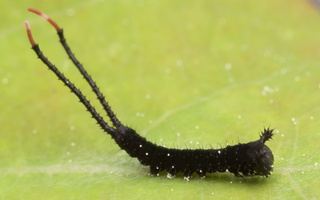 Cerura vinula · didysis dviuodegis
Cerura vinula · didysis dviuodegis
-
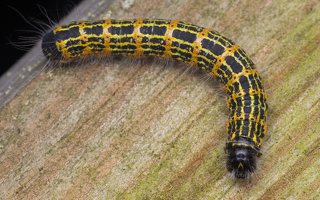 Phalera bucephala · tošinis kuoduotis
Phalera bucephala · tošinis kuoduotis
-
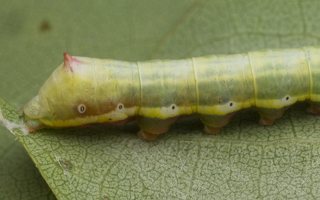 Pheosia tremula · tuopinis kuodis
Pheosia tremula · tuopinis kuodis
-
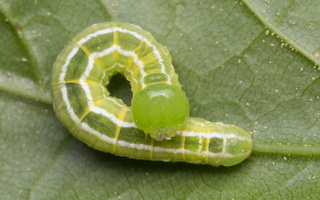 Ptilophora plumigera · rudeninis kuoduotis
Ptilophora plumigera · rudeninis kuoduotis
-
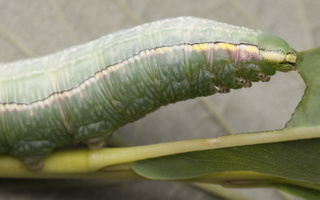 Pterostoma palpina · ilganosis kuoduotis
Pterostoma palpina · ilganosis kuoduotis
- back tooth, prominents
- Zahnspinner
- kuoduočiai
- zobspārņu dzimta
- garbatkowate
https://en.wikipedia.org/wiki/Notodontidae Species of this family tend to be heavy-bodied and long-winged, the wings held folded across the back of the body at rest. They rarely display any bright colours, usually being mainly grey or brown. These features mean they rather resemble Noctuidae although the families are not closely related. The adults do not feed. Many species have a tuft of hair on the trailing edge of the forewing which protrudes upwards at rest. This gives them their scientific name "back tooth" and the common name of prominents.
The egg is hemispherical or almost spherical, and lacks any ribs. The caterpillars are usually hairless, but may have tubercules, spines, or humps, and often rest with both ends raised. The last set of prolegs is frequently vestigial, or may be long, with glands that can be everted. Some larvae undergo shape modification and colour changes with each instar. Notodontid larvae are notable for their often bizarre shapes, and some have chemical defences not commonly found in other Lepidoptera. They feed on trees and shrubs, except in the subfamily Dioptinae, which feed on herbaceous plants. The larvae typically feed on only one family of trees, but closely related species may feed on distantly related plants.
Vidutinio dydžio, plaukuoti drugiai su šukiškomis antenomis. Priekiniai sparnai siauri, jų užpakaliniame krašte yra danties pavidalo išauga, kuri sparnams stogiškai susiglaudus, išsikiša į viršų ir sudaro kuprą.